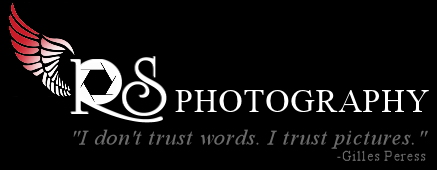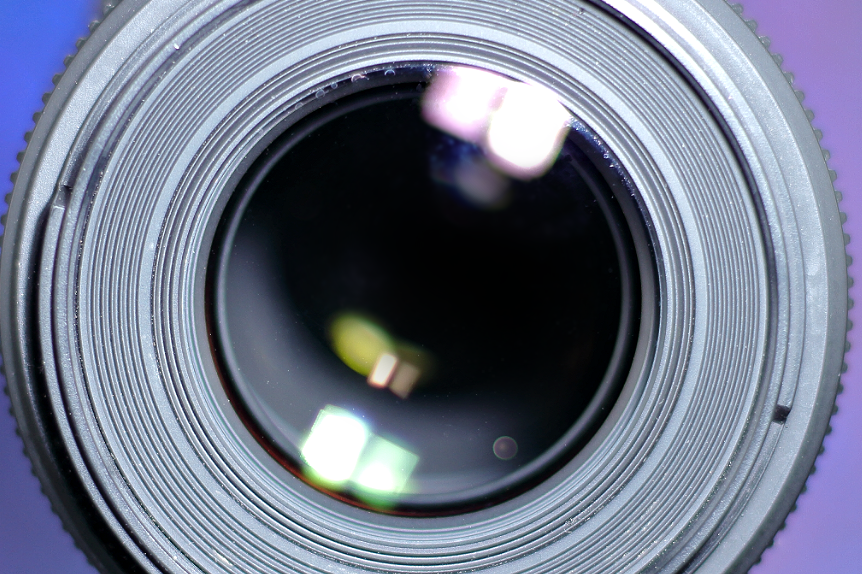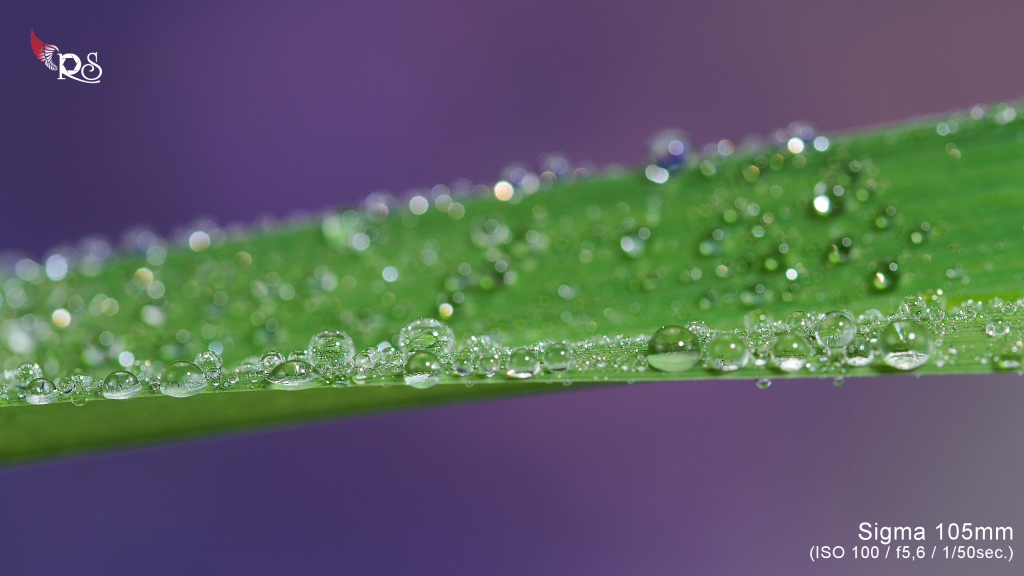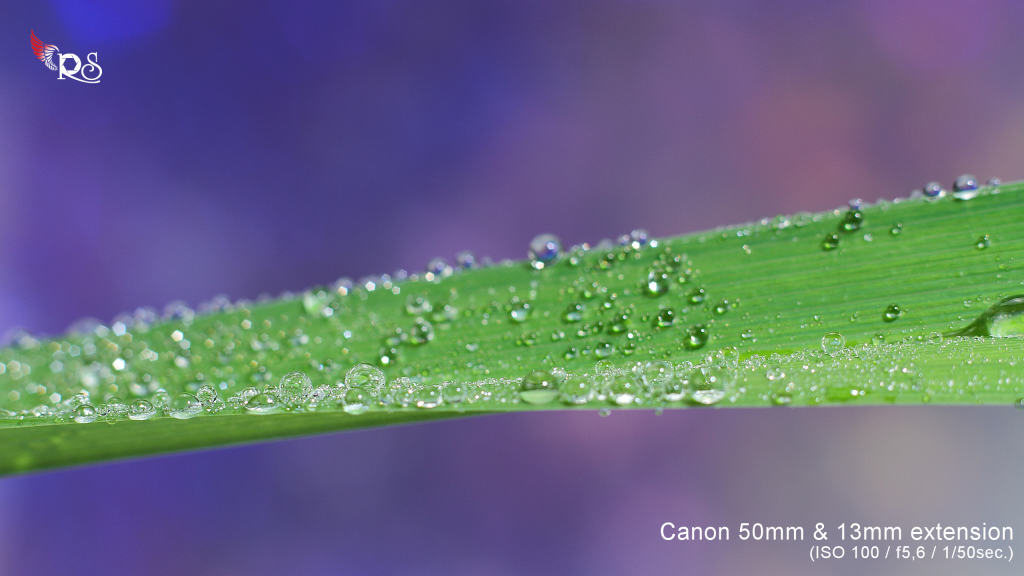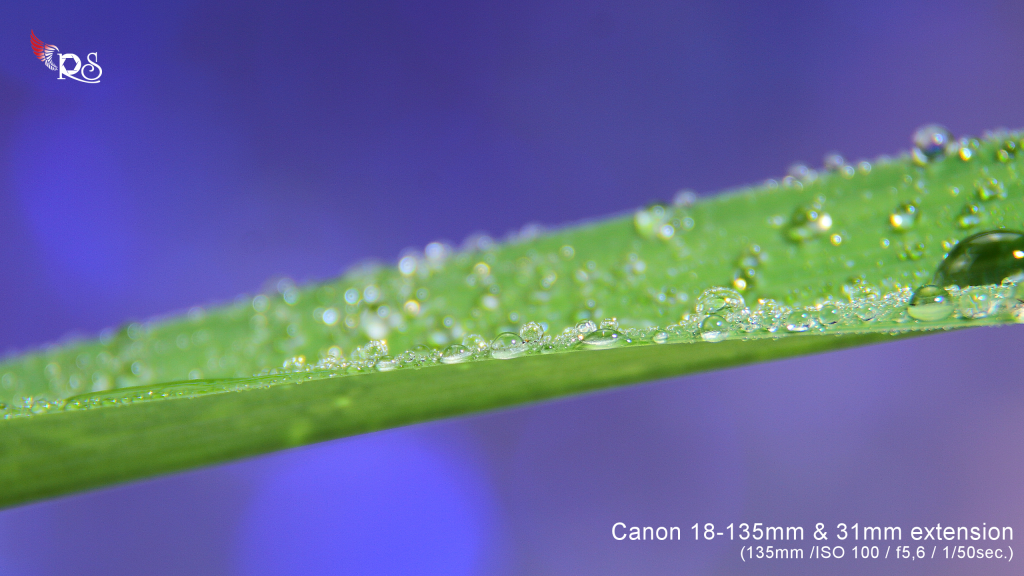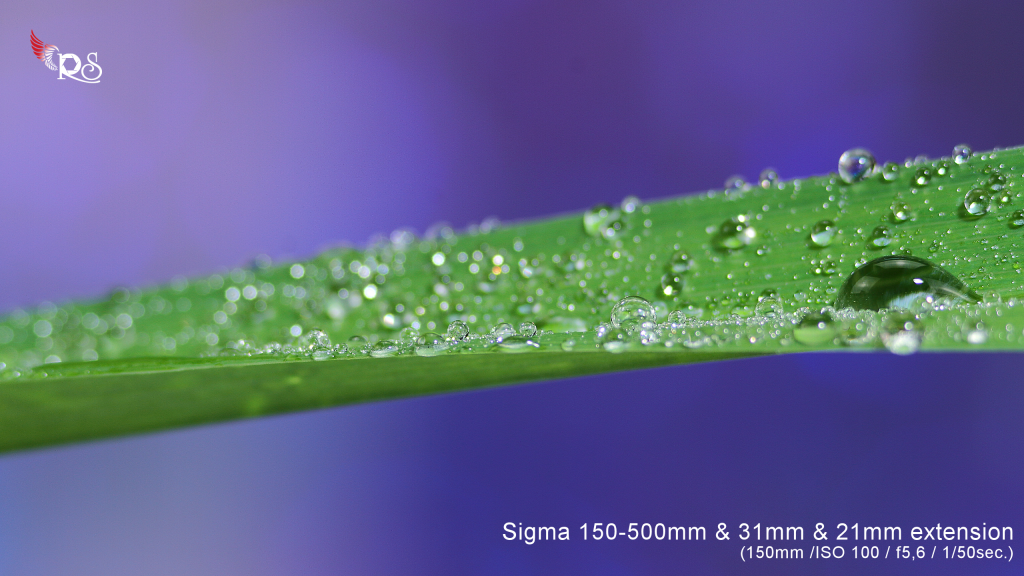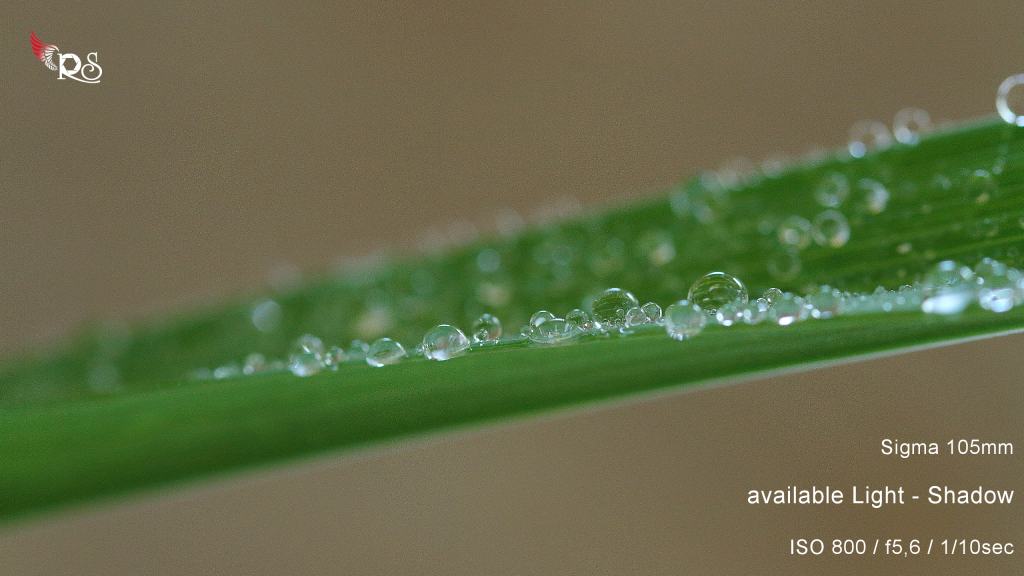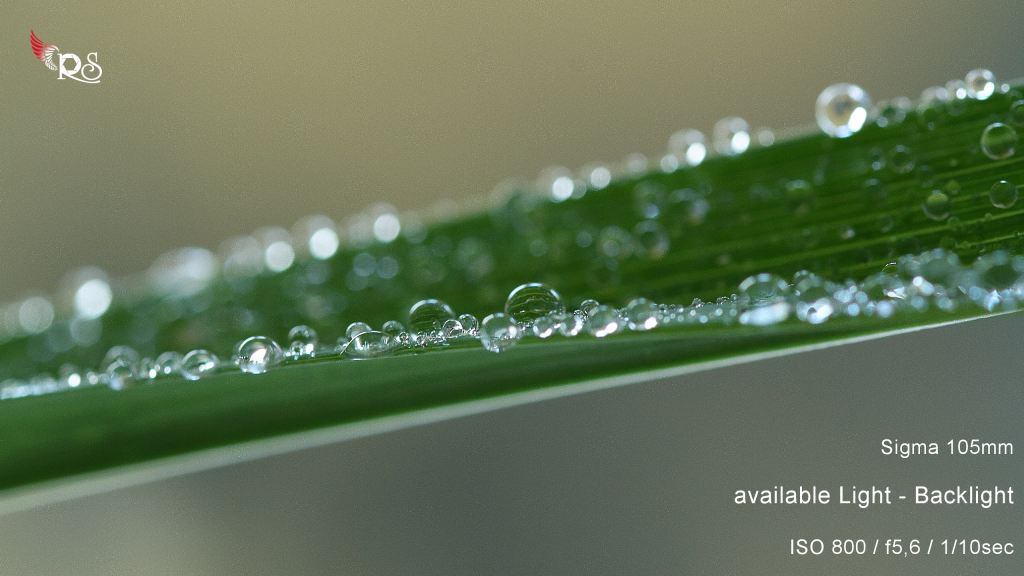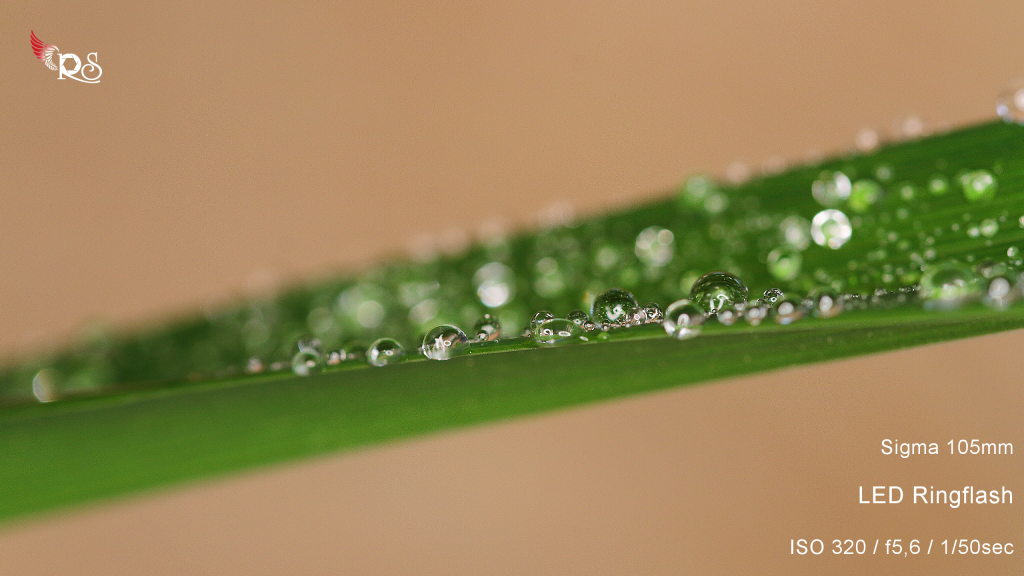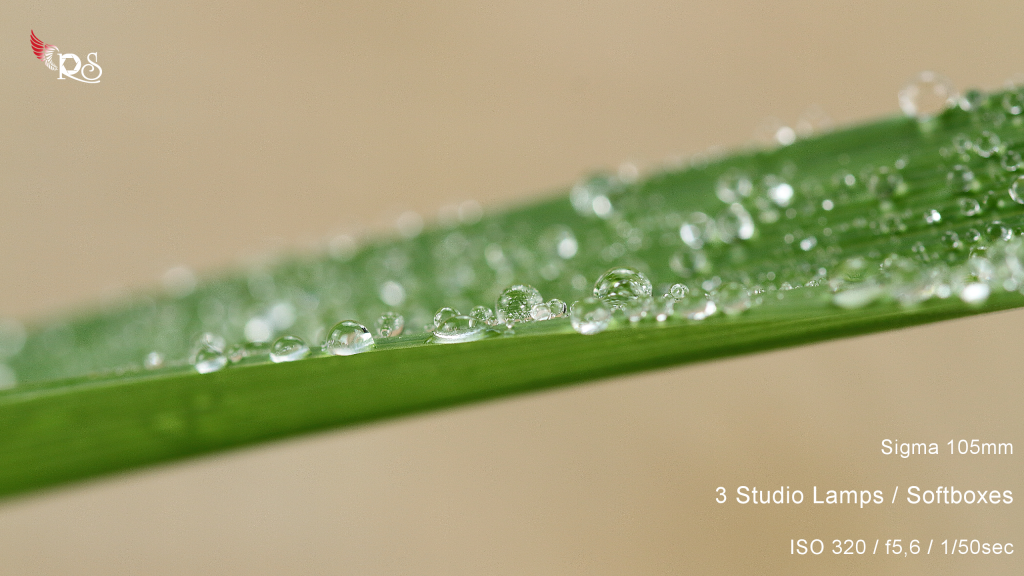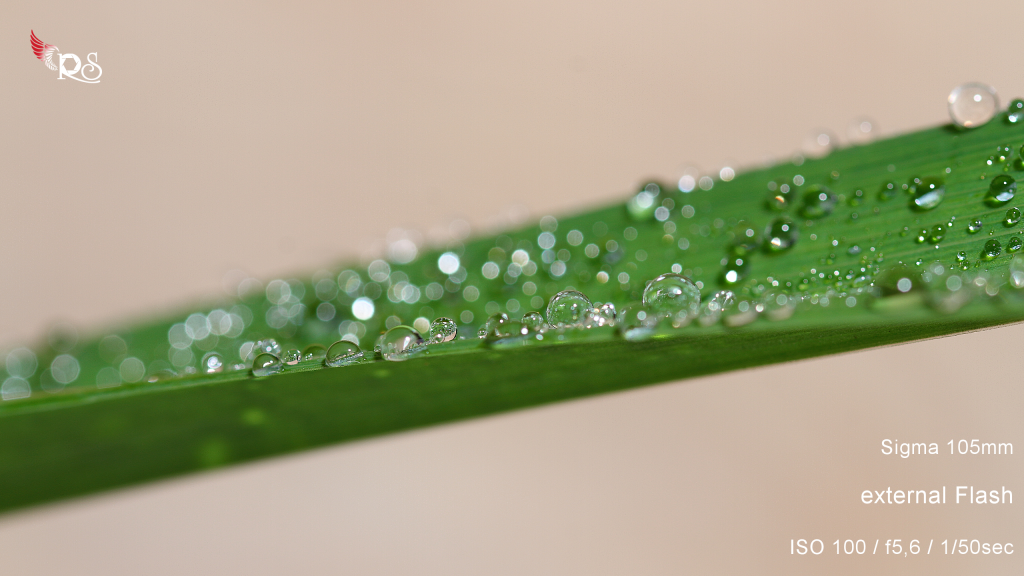So, this is the main question… at least you could think it is. „what lens do you use, which camera do you have?“.
Macrophotography may seem technical to a beginner but acutally, it is not about the hardware and equipment you use. It is more about the time, effort, practice and experience than ebout expensive equipment. Even tho there are a few things you need and some things that are extremely helpful.

This is actually one of my first macros. Sorry for the small resolution, I don’t have the original picture anymore and I had to steal it back from the internet 😉
This one was shot with a cheap Fuji Bridge – Camera through a magnifier at available light.
All you really need is a camera (obviously) and maybe something that let you get closer to your subject. This can be some sort of magnifier, they are even available for smartphones.
What I use nowadays is a Canon 7D Body and a Sigma 105mm lens. But the lens doesn’t matter as much as you might think. Here are some examples with different lenses, all shot under the exact same conditions:
This is my favourite lens because it is a true macro lens and it is also pretty useable for soft portraits. This is the lens that is attached to my camera most of the time.
This one is shot with the legendary cheap canon 50mm 1.8, attached to an 13mm extension tube. The result is pretty decent and the whole thing is lightweight. Quite cool if you’re out in the field all day.
The Canon 18-135mm kit lens, attached to a 31mm extension tube and all zoomed in. You might allready have the lens. Shooting macro with a zoom is not really my cup of tea… but it is totally okay to get started and I heard of photographers which prefer zoom lenses…
So and here we are, shooting macros with a telephoto. This is the Sigma 150-500mm telezoom, attached to a 31mm and a 21mm extension tube and not zoomed at all.
This is possible but honestly, cause of the weight of this lens, I wouldn’t really do that.
All I wanted to show you is, that the lens doesn’t matter that much. There is a noticable differnce in the pictures for sure. But you can start with whatever lens you have.
Now let’s talk about the thing in photography that matters the most. The light.
This time I shot all pictures under different light conditions but with the same lens.
Shot in pretty dark shadow. I had to raise the ISO to 800 and that makes the picture quite noise. Not really what you’re looking for in macrophotography.
Quite the same picture but with a little backlight, I just changed the position a little. Still noisy but a little more interesting and detailed.
A really good friend of mine, the LED ringflash. You might notice the typical reflections. This one doesn’t have the power to enlighten the darkness, but it can help if you are in some not so ideal light conditions. Especially to slightly light up your subject. I could at least lower the ISO to 320 and get rid of some noise. Cool feature: it has steady light so you could also use it for macro-filming.
I shoot macros of „exotic“ insects in my studio. So these lamps are an option too and give a pretty natural daylight look. With three of them you can create whatever light you like but you still need some ISO.
And here it is: your best friend in all situations. A simple and cheap external flash. I could lower the ISO to 100 and with a cable, so you don’t need to attach it on top of your camera, you can create the light you want and enlighten exactly what you want. Even if you want to shoot fast insects in motion, a flying moth for example, the flash will freeze the action. It is really not about the shutter speed, it is about the flash.
So I would like to motivate you to think more about the light and the whole composition than about your equipment. Having a stable tripod, best with a ballhead, and some classic external flash will make a bigger impact in your pictures than the lens itself.
